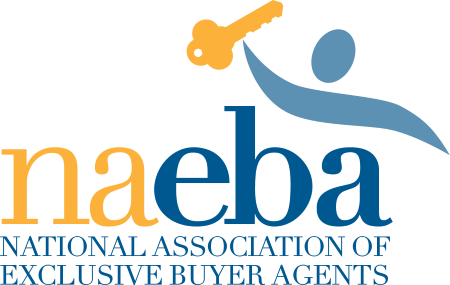So you want to buy a home but don’t have a lot of money for a down payment. Or, perhaps your credit score is less than stellar. Maybe it’s both. Any interested home buyer who’s in this situation will want to consider the FHA loan. This government-backed loan, through the Federal Housing Administration, can pave the way for homeownership for many people. The required down payment is much less than conventional loans and it has very relaxed credit requirements. However, they also come with downsides such as requiring mortgage insurance and have limits on how much can be borrowed. To help you decide if an FHA loan is right for you, here are the pros and cons to consider. This loan won’t suit everyone so make sure you understand what you’re getting into before you commit.
Pros of FHA Loans
1.) They allow for small down payments
The main advantage of an FHA loan is that the minimum down payment is so low. With a conventional loan, most buyers are expected to put down a minimum of 20% of the purchase price. With an FHA loan, you can secure the loan with as little as 3.5% down. However, as great as that is, you’ll want to consider the disadvantages of making a purchase with a low down payment.
2.) They have relaxed credit requirements
Most mortgage products will have a minimum required credit score to secure the loan. This can create a problem for people with poor credit who may have made bad decisions in the past. With an FHA loan, you can expect loan approval if your score is at least 620. However, it’s also possible that you’ll be approved even with a score as low as 580. So long as any late payments were a long time ago, and there were extenuating circumstances for them, you can expect more leniency than you would with a conventional loan.
3.) They have larger income-to-debt ratios
Part of the mortgage approval process is your lender examining your debt-to-income ratio (DTI ratio). This compares your monthly income to your monthly expenses to see how much home you can afford. Each loan program and lender is different but most will cap the DTI ratio at 36%. This means that if your monthly debt payments, plus future home payments, is more than 36% of your income you won’t be approved for the loan. FHA loans are far more flexible and can approve buyers with a DTI of up to 43%. While no more than 43% is the preferred ratio for FHA loans, it’s not uncommon for buyers with a DTI of up to 50% to be approved.
However, to be approved with a DTI of 50% you’ll need to have significant cash reserves. If this is you, then ensure that your chosen lender does a manual underwriting process. Any case like this will require special handling.
Cons of FHA Loans
1.) A low down payment will mean mortgage insurance is required
While the low required down payment is an FHA loans biggest attraction, this also leads to its biggest downside. Mortgage insurance. Since FHA loans are considered riskier than a conventional loan, lenders offset this risk by requiring monthly mortgage insurance payments. Any purchase of a home with less than 20% down will mean having to take out mortgage insurance. However, any purchase with less than 10% down will mean the mortgage insurance will last the lifetime of the loan.
This wasn’t always the case. Prior to June 3, 2013, buyers with FHA loans could at least look forward to shredding their mortgage insurance once the loan had been paid down to the 78% value mark. Nowadays, buyers who put less than 10% down will be stuck with paying mortgage insurance for the entire life of the loan. If at all possible, buyers should aim to save at least 10% to avoid paying mortgage insurance for life.
2.) They come with borrowing limitations
Another downside to FHA loans is that they come with minimum loan amounts, depending on property size and location. Buyers who are interested in an FHA loan will want to first check what the loan limits are for their county. At present, the minimum loan amount is $294,515 for 1-unit properties in low-cost areas. This goes up in high costs areas such as Los Angeles and San Francisco where it caps at $679,650.
2019 FHA Loan Limits
| # of Units | Low-cost area loan limit | High-cost area loan limit |
| 1 unit | $294,515 | $679,650 |
| 2 units | $352,950 | $814, 500 |
| 3 units | $426,625 | $984,525 |
| 4 units | $530,150 | $1,223, 475 |
To check the limits in your county, use this handy calculator on the HUD website. Buyers can easily input the state and county they’re interested in buying in. They’re then provided with the maximum borrowing limit for a single-family home, as well as other property types.
3.) They come with higher property requirements
Unfortunately, you can’t get an FHA loan on any home. Any home purchases with an FHA loan will have to meet certain minimum standards. While these standards might be considered by most people as a minimum for any home, the devil, as they say, is in the details. When appraising the home, it will be held to a much higher standard than would be the case with a conventional loan. Normally this won’t be a problem, but an overzealous FHA appraiser could ruin what was a great deal for everyone. If any repairs are required for the loan to be approved, then it’s usually the buyer that will be paying.
Final Thoughts
The advantages of FHA loans make them highly popular but that needs to be balanced by their downsides. Anyone who’s thinking of buying a home with an FHA loan should carefully consider all the pros and cons. If you feel uncertain, talk with a buyer’s agent who has experience helping buyers in your area with FHA loans. They can help guide you in the direction of FHA lenders that best fit your needs

